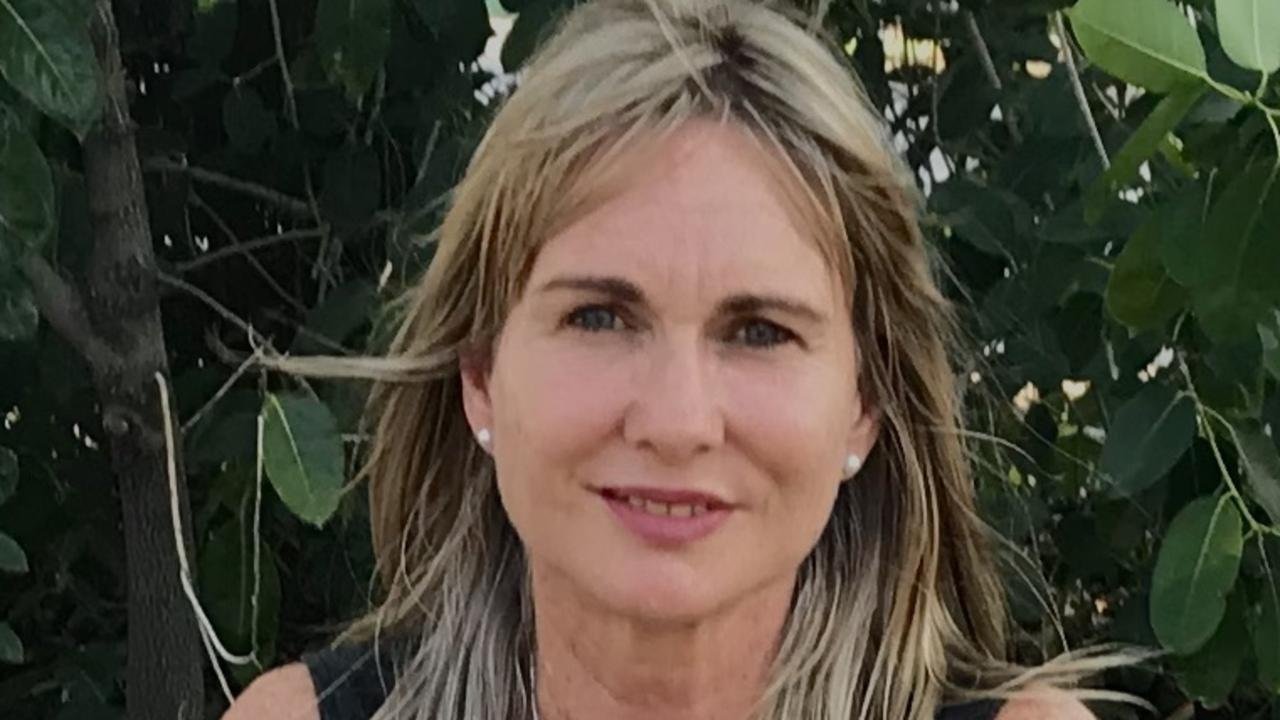How 12 of the Territory’s wealthiest business families made their fortunes
They’re the backbone of business who boast well-known surnames and generational wealth. So how did the Northern Territory’s most affluent families get their start?
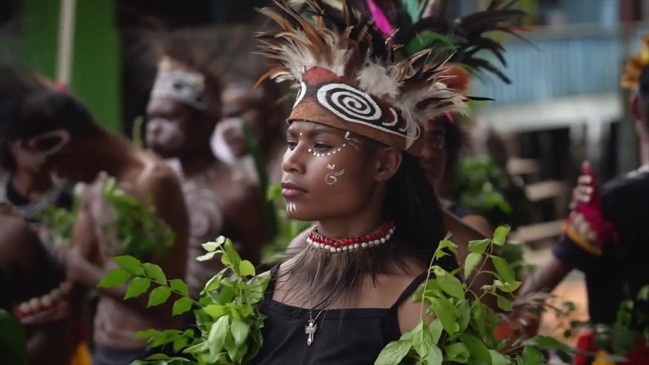
Northern Territory
Don't miss out on the headlines from Northern Territory. Followed categories will be added to My News.
They’re the families who have made their mark on the Northern Territory.
From old money to underdog starts, they are also the backbone of the Territory’s business ecosystem, with the isolation and population challenges keeping people close.
It is home to a smattering of cashed-up hospitality, agriculture and construction players to name a few, and some of the country’s most successful family-operated business owners.
Here’s how 12 affluent broods began their enterprises.
The Halkitis family

Founded by brothers Michael (Mihalis) and Theo Halkitis in 1960, the family’s civil engineering business HB Group is credited with laying the foundations for Darwin suburbs including Larrakeyah and Wagaman, and constructing the Kakadu Highway.
Over 60 years it expanded to incorporate concrete, quarry, blocks and transport as part of their operations.
A family business in the truest sense, Michael became sole owner and then his sons John and Nick took over. Both sons now have their children working in the business.
The entrepreneurial flair runs in the family, with John’s daughters running a family side-gig, The General cafe and deli at Larrakeyah.
The Halikos family
Established in 1987, Halikos Group began life as a contract and roofing business that morphed into seven separate enterprises all linked under the Halikos banner when the Territory economy was booming.
Though hugely successful, the shared banner was removed late last year when the company split down the middle, with founder John Halikos and business partner Shane Dignan parting ways.
The seven separate divisions overseen by the Halikos Group were development, construction, roofing, hospitality, real estate, supplies and manufacturing.
In the carve-up, the Halikos Group retained H on Mitchell, Crab Claw Island Resort, NT Fasteners Pty Ltd and Lizards Bar.
John’s son Tony has also excelled in business, with Steeline GRP a significant – and expanding – player in the Territory’s advanced manufacturing sector.
The Dignan family
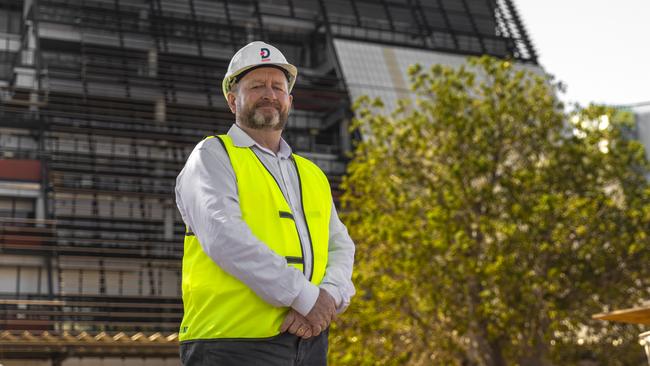
Shane Dignan, and his step-son Lachlan Michell and family, emerged from the Halikos split with the development, construction, roofing, hospitality, and property arms, as well as the Northcrest residential development.
They have since rebranded the company to DCOH.
Northcrest is set for significant expansion in coming years, with the company lodging historic applications for an additional 939 lots to bring the residential development up to about 1500 homes.
DCOH were also awarded the $300m Robertson Barracks Base Improvements Project as part of the major defence upgrades in the Territory.
And with an eye on continued expansion, DCOH partnered with the Coleman family to developed the $25m Cinema Collective project, including Sweethearts and Flick’s (Lizard’s is further up on Mitchell St, at H on Mitchell), which are breathing new life into Darwin’s CBD.
The Severin family
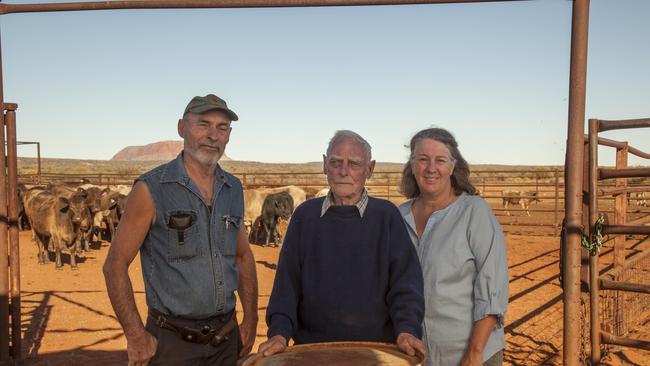
One of Central Australia’s pioneer European settlers, Peter Severin tells the story about how a former boss bought him the million-hectare Curtin Springs station about 100km from Uluru in some of the country’s most hard-scrabble land.
With his wife Dawn and three-year-old son Ashley, he farmed 1400 head of cattle. On his first day at the station he had half-an-inch of rainfall – the last he saw for the next nine years.
The first tourist stop from Alice Springs, in 1957 a tour operator took weekly bus tours through Curtin Springs to Uluru and the Severins installed a pump and 500-gallon underground tank and then, while the driver filled up, Dawn would provide tea and scones to tourists.
In 1963 Mr Severin installed a chain up Uluru which tourists used for decades and Curtin Springs grew to become one of the region’s premier tourist stops.
The Jape family

While Indonesia’s 1975 invasion of East Timor brought an extended period of occupancy to our nearest neighbour, the Northern Territory benefited from the wave of immigration that followed the forced takeover.
Jape Kong Su was one of dozens of Chinese-East Timorese who settled in the Territory after Indonesia’s 1975 invasion.
The family had been in Singapore in the years before Indonesia’s invasion, and the family moved to Australia in lieu of returning to their home.
From a retailing background in East Timor, Kong Su bought and rebuilt cyclone-damaged flats in Nightcliff before buying a 24-room hotel, Hotel Singapore, in Fannie Bay.
The Japes built what is now Energy House and gained an all-important anchor tenancy from the NT government.
In the early 1980s the furniture business had outgrown its CBD home and Kong Su bought a nondescript 10,000 sqm metre block of land in Millner – and set about developing the Jape Homemaker Village.
Now on 60,000ha, Jape Homemaker Village is about the closest Darwin has to a southern-style shopping mall with a broad range of retail outlets servicing the Territory from footwear to futons.
It also has operations in East Timor and Adelaide.
The Sitzler family

Sitzler Brothers started in Alice Springs in 1957 as a partnership between brothers Peter and Paul Sitzler, with a focus on remote area construction.
Locals like to say the company built most of Alice Springs and Central Australia during the brothers’ first 20 years.
After Cyclone Tracy the company expanded to Darwin to help with the rebuild and it is now one of Australia’s top two-dozen construction businesses.
In the 1990s Michael Sitzler, Peter’s son, and Steve Margetic took over what had become Sitzler and moulded the company into one of the country’s biggest construction firms.
Major projects include the Berrimah overpass, upgrades to Australian Defence Force ranges, the Kings Canyon Resort, the Palmerston Civic Centre, space surveillance telescopes in Exmouth, and Darwin’s Anglican Cathedral.
The Venturin family
With property portfolios in Darwin and across the Territory, the Venturin story began when patriarch Leo, then 25, boarded a boat bound for Australia in 1961 and after a month in Sydney moved north where the pay was better.
Starting in Alice Springs, the qualified boiler maker moved through Tennant Creek, Katherine and finally Darwin where he was head foreman for a local building company before founding Venturin Constructions.
Specialising in remote work, the company won a tender in 1963 to build Avon Downs police station in the Barkly, where he first decided he wanted to become a pastoralist.
It was another two-and-a-half decades before the dream was fulfilled, when he bought Finniss River station, 120km southwest of Darwin.
His four children and eight grand-children are integral to the family business.
The Coleman family
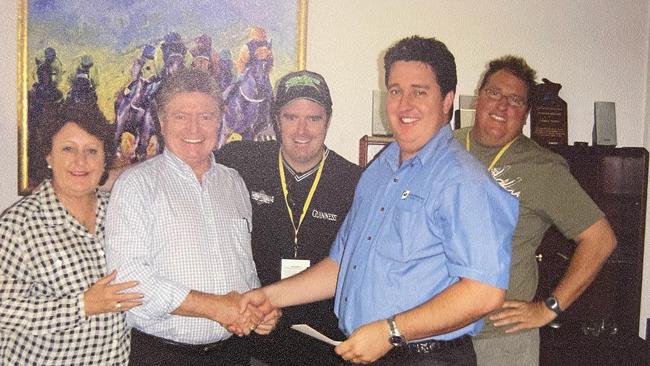
Given their long involvement in the Top End’s hospitality scene, its worth remembering the Colemans started their business life in the Territory as printers, with Colemans Printing recently celebrating its 70th year of continuous operation.
It is still considered the largest commercial printer in the Territory.
The family printing business started after patriarch John “Colie” Coleman sold his stake in the Northern Territory News to Rupert Murdoch in 1952.
A copy of the first edition of the NT News printed by Colie is a treasured family possession.
Aside from the three generations of printers, hospitality also runs deep in the genes, with matriarch Dorothy Coleman arriving in Darwin in the 1960s as an 18-year-old with her father Joe Plasto as manager of the Swan Brewery group of hotels, including Parap Tavern and Hotel Darwin.
In 1996 brothers Justin and Michael Coleman opened Shenannigans on Mitchell Street.
It was Darwin’s first themed pub and a move away from the bars and nightclubs centred around the other end of town.
The Shenannigans brand evolved into venues in Cairns and Adelaide, while the hospitality group also grew locally with the redevelopment of The Deck Bar, Madisons on Mitchell, Globies Backpackers, and The Bell Bar and Bistro.
This was followed by major investment into Landmark@Gateway and Breezes Bar & Bistro in Muirhead.
Since November 2021, the group has also managed the Great Northern Hotel in Byron Bay, while their latest venture has seen a partnership with the Dignans to create The Cinema Collective on Mitchell Street, transforming Darwin’s entertainment precinct.
The Hayes family
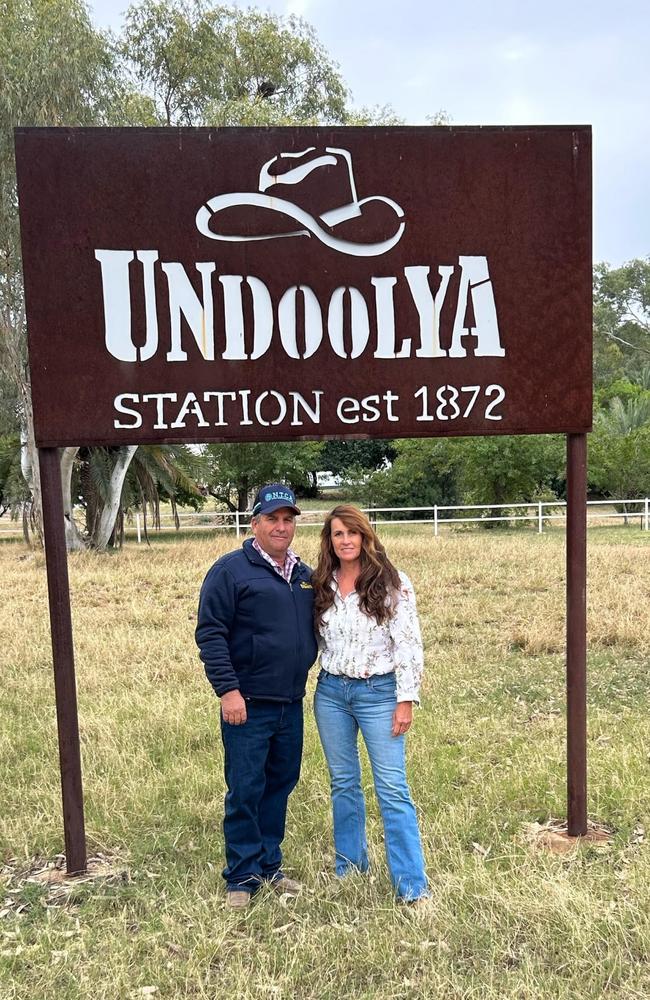
The origins of what was to become one of the Territory’s most established cattle empires began in humble circumstances with the birth of William Hayes in Liverpool, England in the 1820s.
It was Hayes who migrated to South Australia in his early 20s and after a number of ventures including carting a consignment of steel telegraph poles to Alice Springs, the family stayed around to work in the fast-growing cattle industry.
William and his wife Mary bought Mount Burrell (Maryvale) Deepwell station in 1884 and Owen Springs and Undoolya in 1906.
The various strands of the Hayes family had extensive Central Australian holdings in both pastoral leases and grazing licenses, extending thousands of square kilometres from Arltunga in the east to Hamilton Downs and Owen Springs in the west.
These days Ben and Nicole Hayes live at the 144,000ha Undoolya Station and its 150-year-old, homestead running an average 5000 head of Poll Hereford cattle.
At about 220,000ha, The Garden station is operated by Andy and Jane Hayes who run mainly droughtmaster cattle.
The Randazzo family

Cousins Charlie and Tony Randazzo dominated the Northern Territory’s construction and property sector from the early 1960s to today.
Italian-born cousins Charlie and Tony Randazzo moved to Darwin where they teamed to be at the forefront of the Territory’s development, particularly in the Top End with their business A & C Randazzo.
When the partnership dissolved in 1992, Tony formed Randazzo Property Group and Charlie founded Randazzo C & G Developments.
Tony died in 2019 leaving sons Carlo and Paolo in charge, and Charlie is still leading RCGD with his daughter Rosanna.
The Phillips family

Jim Phillips came to the Territory from Queensland in the late 1990s to buy a water truck with a tipper to work at the mines and, after about a decade, he bought an excavator, which he took to Darwin.
After a dry time in the Top End he said he paid $5000 to return the excavator to Tennant Creek for a $2500 job.
After a couple of additional jobs he parked the digger near the Tennant Creek weigh bridge because he didn’t have a yard, where it was spotted by a crew from Power and Water Corporation.
“They desperately needed an excavator that could dig a 6m hole and mine was the only one in Tennant Creek so they hired that,” Phillips said.
Since then, Phillips Earthmoving Contractors has become one of the Barkly’s primary civil companies and family businesses, with his wife Sylvia and daughters Elizabeth and Angela also involved in the business.
The Paspaley family

Fleeing the Greek island of Castellorizo during World War I, the Paspaley family arrived in Australia in 1919 at Cossack in northern WA.
Home to the world’s largest beds of the Pinctada maxima pearls, 18-year-old Nicholas Paspaley was running his own pearling lugger by 1932 on the way to developing a family fortune.
While best known for pearling, Paspaley has also diversified its operations to include retail, aviation and agriculture.
In addition, the proposed Darwin shiplift facility is being built on Paspaley land at East Arm.
More Coverage
Originally published as How 12 of the Territory’s wealthiest business families made their fortunes




